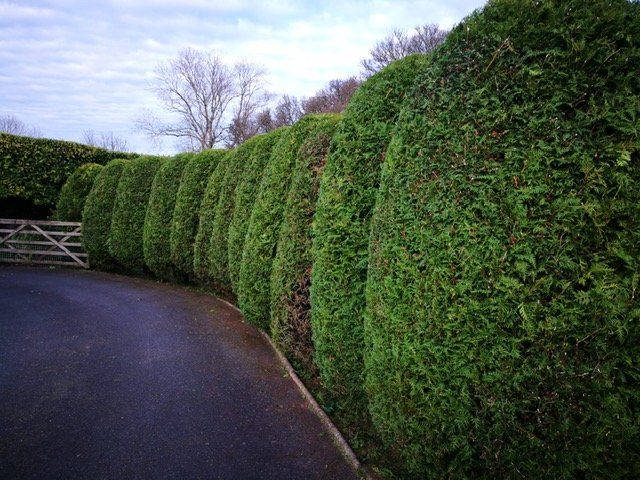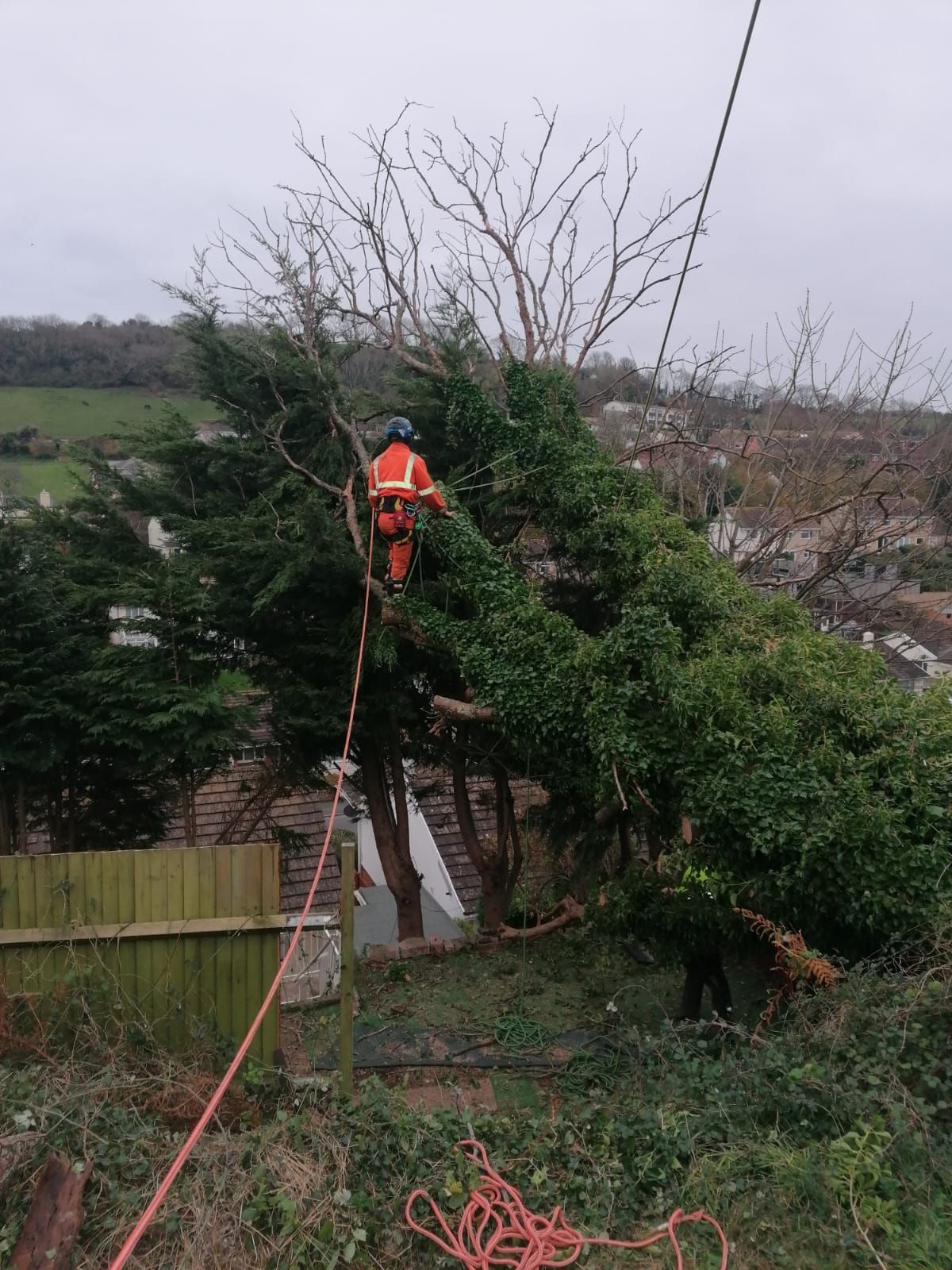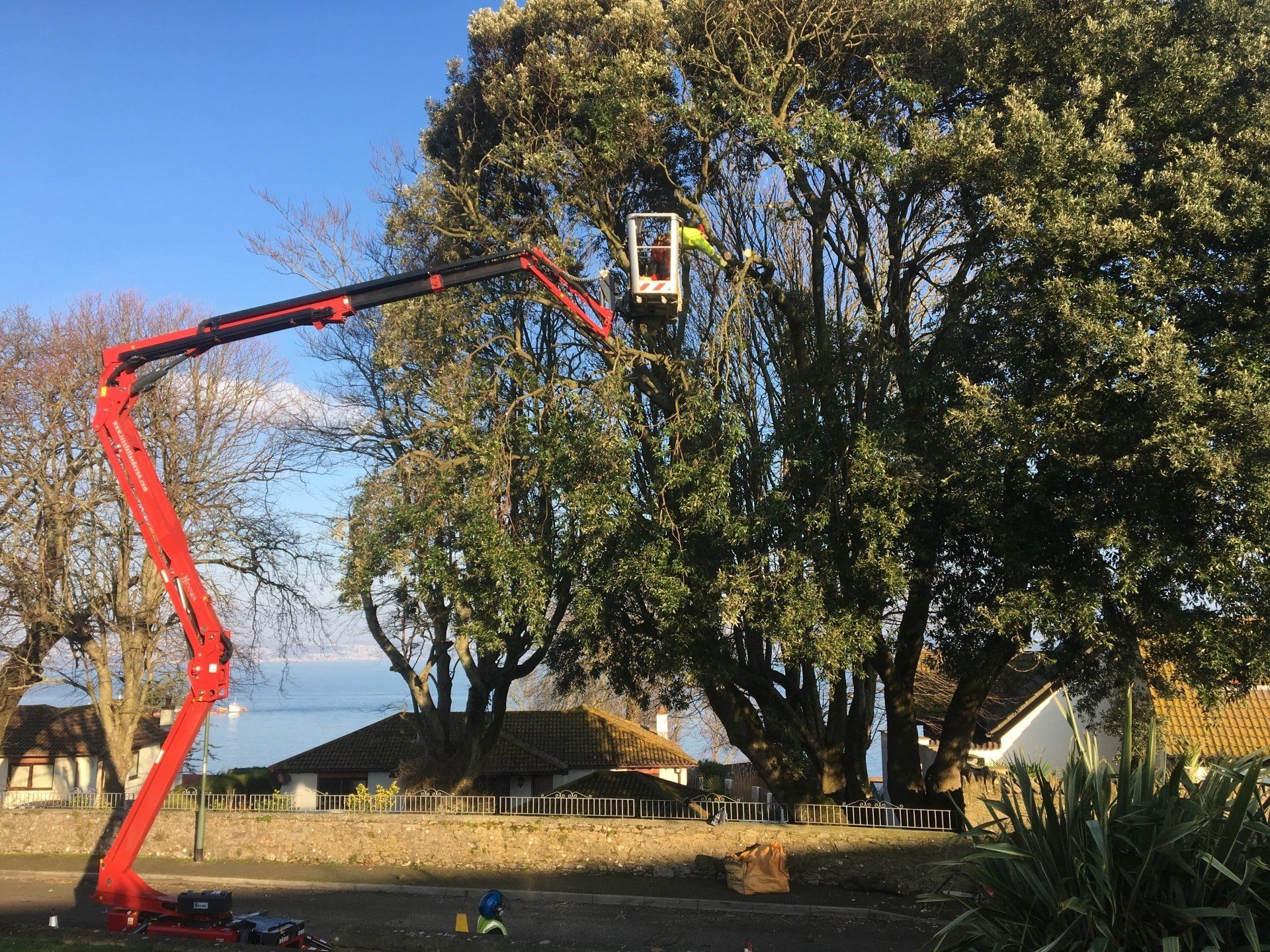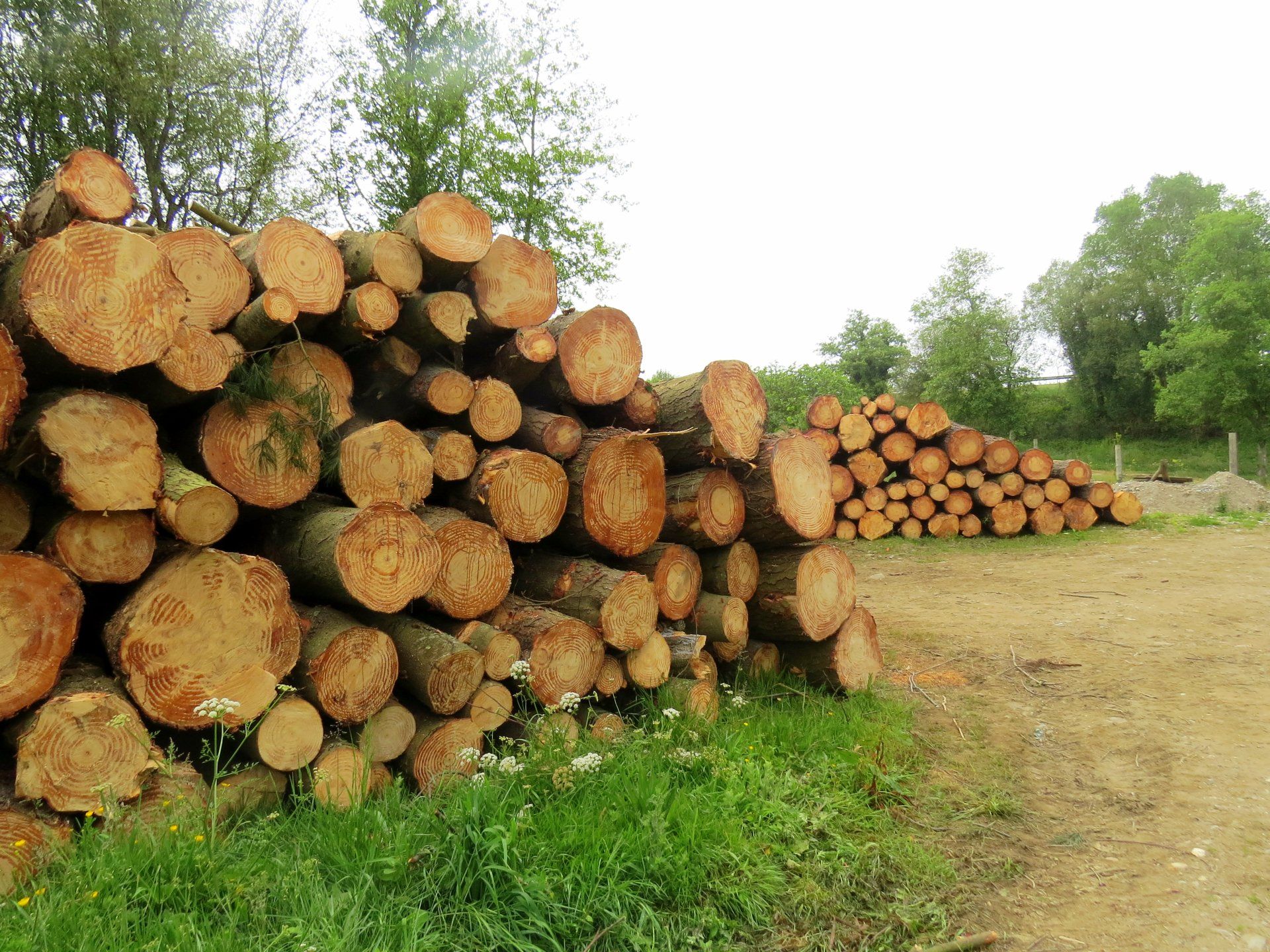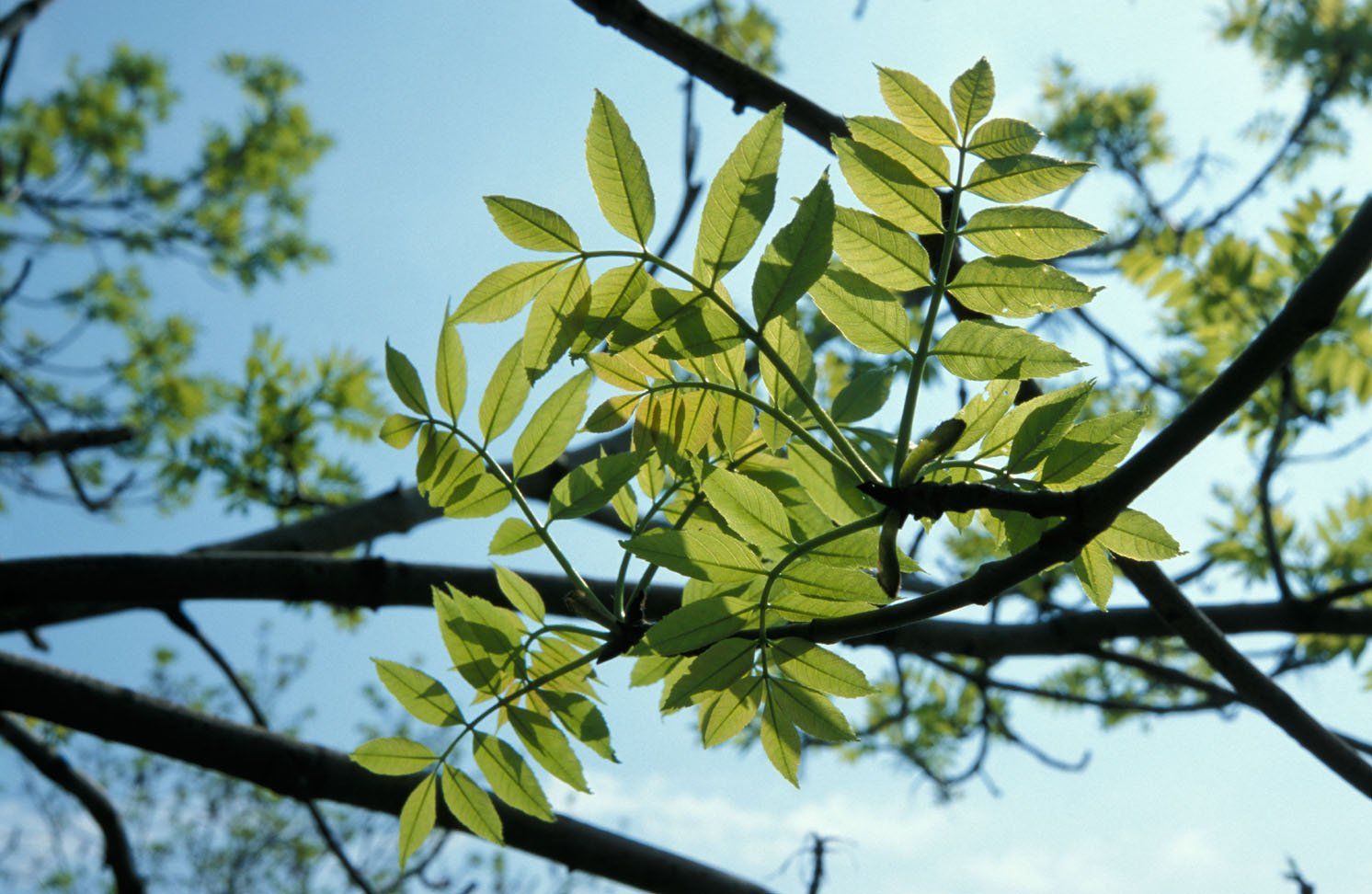Giant Hogweed: The non-native invader to Torbay
What is it?
Giant hogweed (Heracleum mantegazzianum) is a plant in the Apiaceae family (previously known as the Umbelliferae). This family includes some well-known plants such as parsley, carrot, parsnip, cumin and coriander.
Giant hogweed is not native to the UK. It originates from Central Asia. It was first introduced to the UK as an ornamental in the 19th century when it escaped and naturalised in the wild. It is now classed as an invasive species and can be found throughout much of the UK, and Torbay, Teignbridge and the South Hams are no exception, especially colonising riverbanks where its seeds are transported by the water.
What does giant hogweed look like?
Giant hogweed looks like an enormous cow parsley plant. When it's fully grown, it can reach towering heights of between 1.5m to 5m and have a spread of between 1 and 2m.
Is giant hogweed dangerous?
In short - the sap of giant hogweed can cause burns. It contains furocoumarin, which makes skin extremely sensitive to sunlight (phytophotodermatitis).
If the sap gets onto your skin and it's then exposed to the sun, your skin can blister badly. Blistering can then recur over months and even years. This is known as phytotoxicity.
The best way to avoid injury is to familiarise yourself with the plant and avoid contact with your skin. Brushing through patches of giant hogweed and exposing yourself to plants that have been cut might cause you to get sap on your skin.
What happens if you touch giant hogweed?
If you do get giant hogweed sap on your skin, be sure to wash the area thoroughly and immediately. Seek medical advice and do not expose the area to sunlight for a few days.
Tree surgeons commonly use glyphosate to control giant hogweed infestations. It is also possible to manually get rid of the species by uprooting it.
If you are concerned that you have Giant Hogweed in your garden, the professional tree surgery team at Clear View Tree and Hedge Services Limited, would be happy to take a look and provide advice. For all enquiries call 01803 882808.
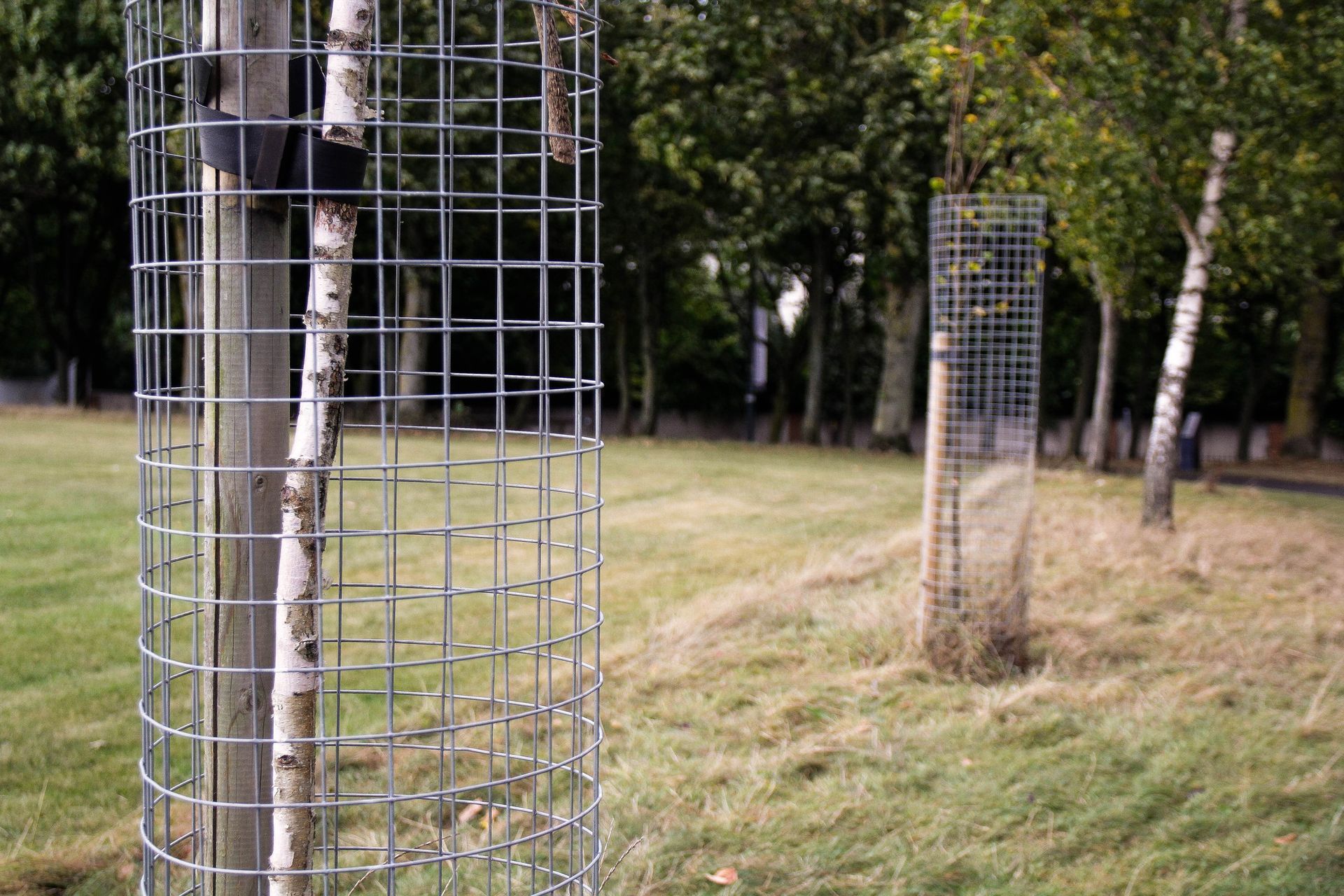
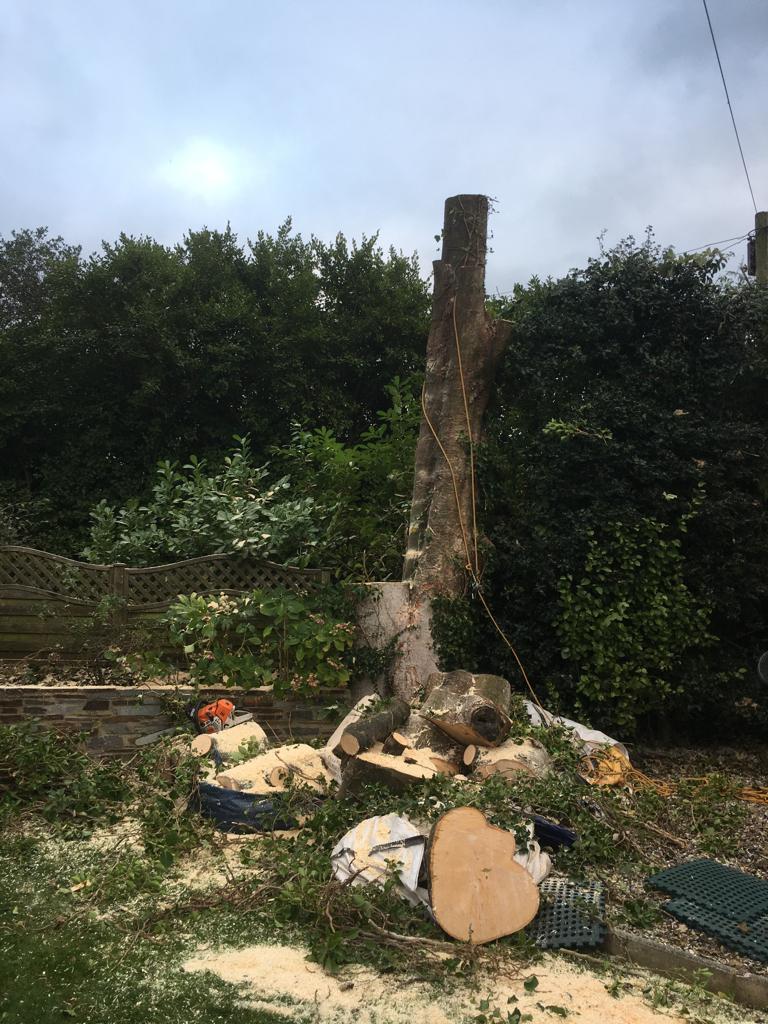
CONTACT US
We will get back to you as soon as possible.
Please try again later.



